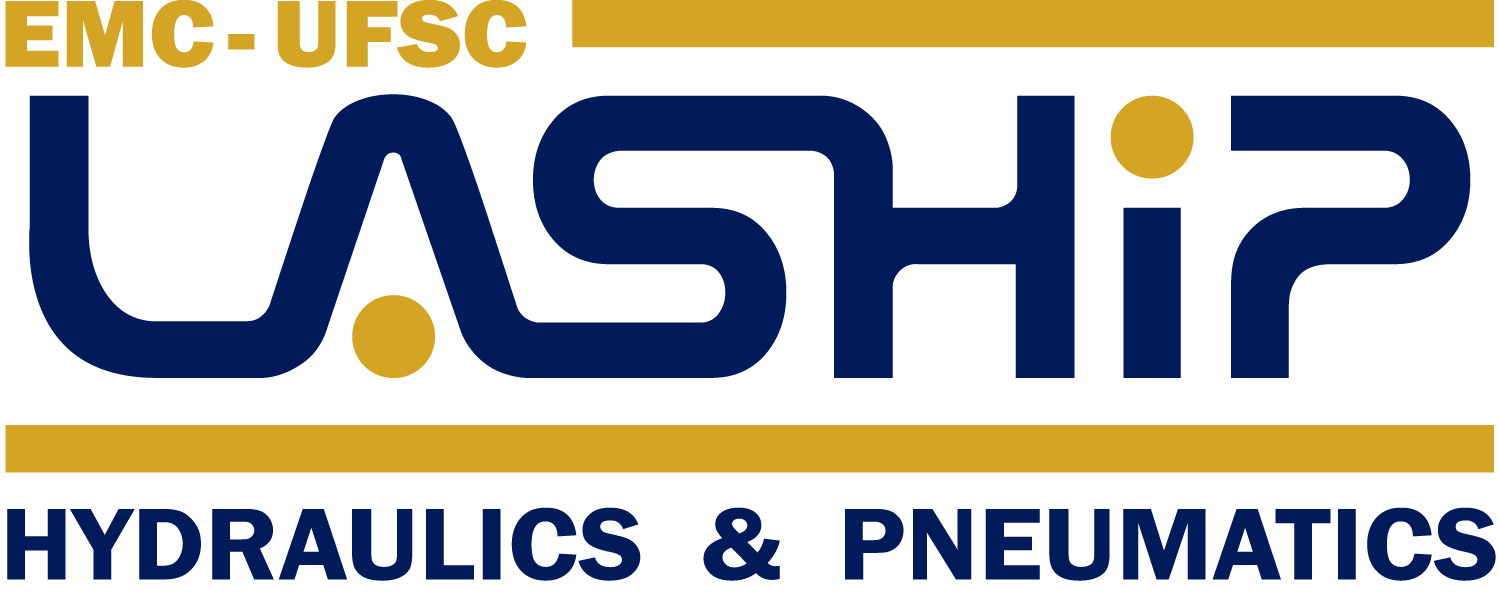Candidate: Antonio Carlos Valdiero
Program: UFSC / POSMEC
Date: February, 2005
Advisor: Raul Guenther (LRRG / UFSC)
Abstract: This thesis addresses the position control problem of manipulator robots with hydraulic drives. These robots have a great potential of application in the construction industry, agricultural equipment, transport and material handling equipment, mining equipment, manufacture, siderurgy, metallurgy, aviation, navy and others industry fields, it due to advantages of the high relationship torque/dimension and the flexibility of installation of their actuators. However, there are many difficulties to reach precise response in hydraulic actuators. Telling about these difficulties, we can point the dynamics less damping, the dead zone of control valves, the friction in the actuator’s sealing, the obtainment of the system parameters and the strong coupling between the non linear dynamics of actuators and the mechanic arm in hydraulic robots. In the survey of state of the art of the hydraulically actuated manipulators, the few technical literatures about control of hydraulic robots don’t tell about all of these difficulties. So, a non linear model of 5º order is developed to the hydraulic robot considering the dynamic friction based in microdeformation of the roughness in the surfaces of contact. Observing the dynamic behavior of the pressure in the valves gaps, a methodology to identify and compensate the dead zone in proportional directional valves is proposed. Based in the robot model, a strategy of cascade control is used, allowing a division into two subsystems: the mechanical subsystem and the hydraulic one. The cascade controller is adequate in the implementation of control techniques to compensate the dynamic difficulties of each subsystem, it allows the direct compensation of the friction in the mechanical subsystem and the utilization of a centralized control scheme to take into account the dynamic coupling. The stability analysis of the complete system in closed loop with the cascade controller and friction observer was made through the Lyapunov direct method. The prototype of hydraulic robot was built for experimental implementation of the control algorithms developed in this thesis. Theoretical and experimental results show the validity and the features of the proposed cascade controller.
VALDIERO, A. C. Controle de Robôs Hidráulicos com Compensação de Atrito. 2005. Tese (Doutorado em Engenharia Mecânica) 157 p. Universidade Federal de Santa Catarina: Florianópolis.


